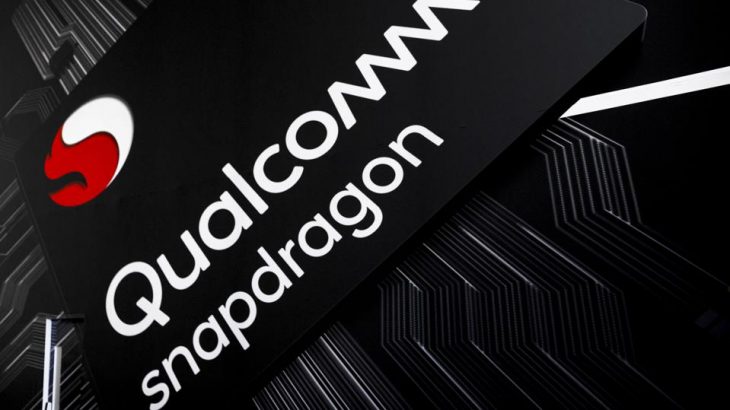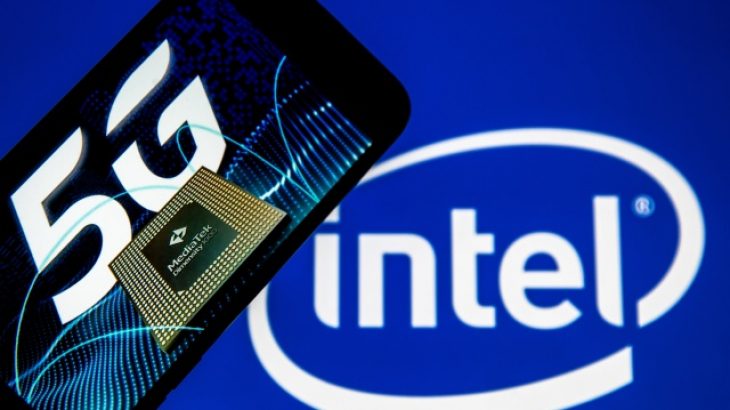Security researchers at Check Point have found a full 400 security issues in various parts of the code used by the digital signal processor (DSP) on Snapdragon mobile processors. Snapdragon is a chip system that contains several components from the processor, graphics to DSP. The latter is used for several reasons ranging from charging to video and audio recording, augmented reality, and other multimedia functions.
Phone manufacturers can use DSP for dedicated applications that enable certain features. The chip is implemented in at least 40% of smartphones worldwide including high-end devices from Google, OnePlus, and Samsung.
Check Point says hackers can exploit security issues in three ways:
- Spy. The Android phone can be turned into a spying device and above all, no user intervention is required. Photos are copied, calls are recorded, location is exposed and the microphone is spied.
- Data Theft. It can be performed in complete silence without the knowledge of the user and can not even be removed by the latter.
- Phone Damage. The smartphone can be rendered unusable by totally rendering it out of function.
All that is needed according to Check Point is for a hacker to install an application on the victim’s device. The problems were all approved by Qualcomm and given the CVE designations as follows: CVE-2020-11201, CVE-2020-11202, CVE-2020-11206, CVE-2020-11207, CVE-2020-11208 and CVE-2020- 11209.
The chipmaker Snapdragon has notified all smartphone makers and addressed all the problems. All those who have not received the security updates remain exposed. Experts say it will take months maybe years until all Android smartphone users are safe. Check Point did not publish the technical details of the problems to prevent attackers from taking full advantage of them.
Users have no choice but to wait for companies to update their smartphones. Although Qualcomm has released the update, no Android phone has it incorporated yet.
> Check next: Intel in Partnership with MediaTek Revealed the First 5G Chip for Laptops
So what do you think about this? Let us know your thoughts in the comments section below, follow us on Twitter and Facebook for more news and updates.













































